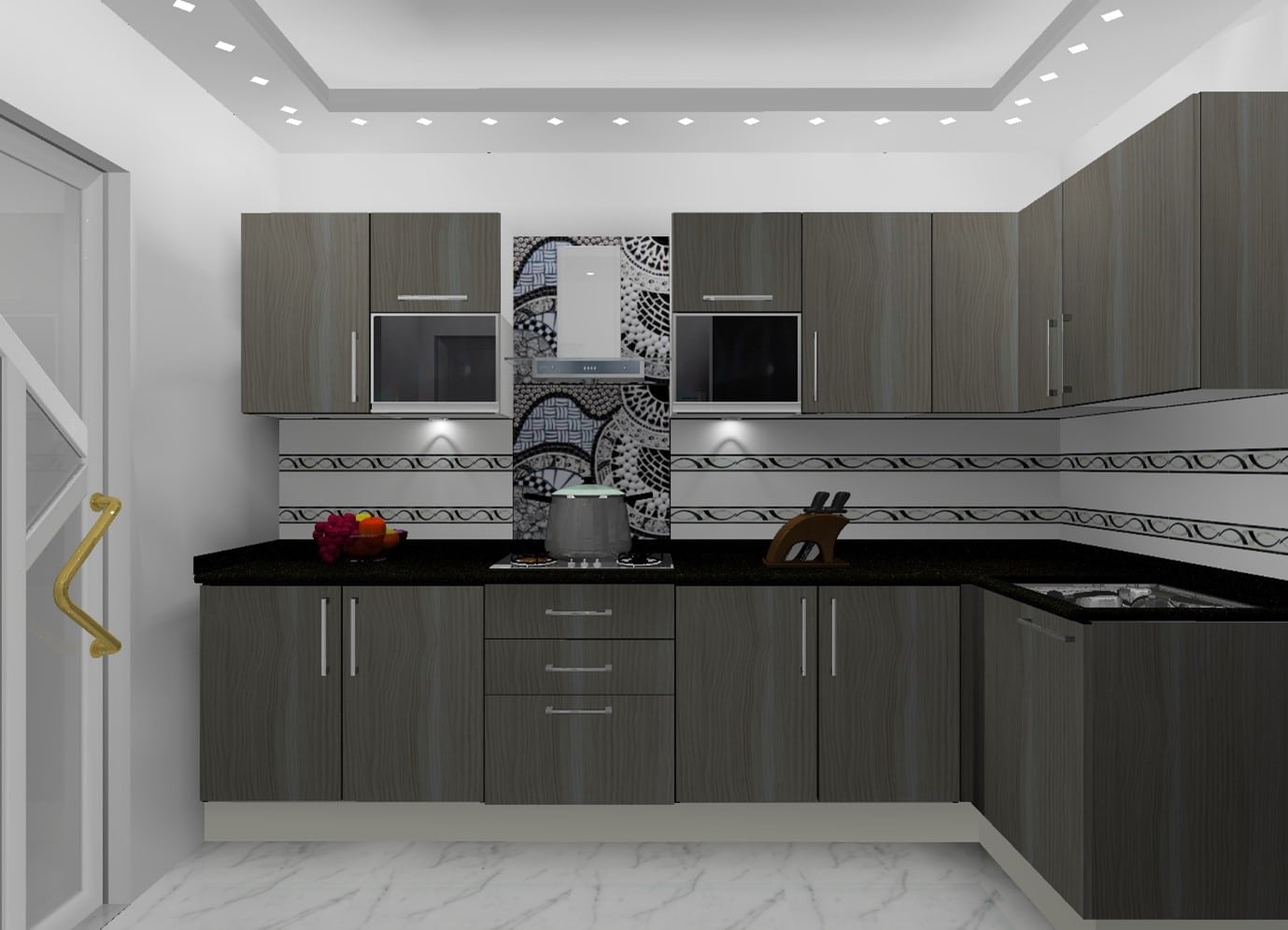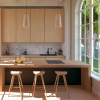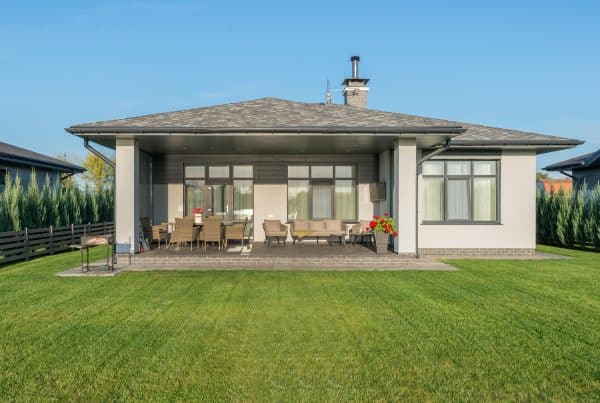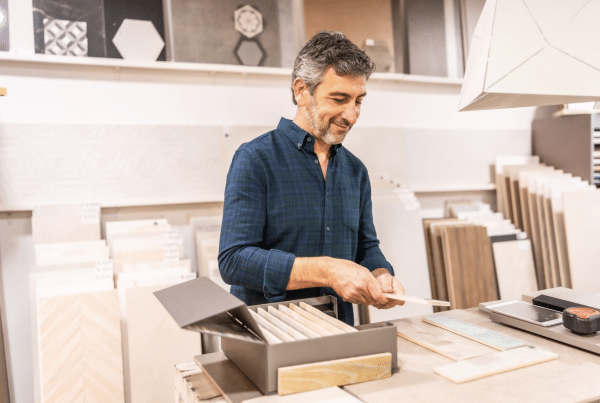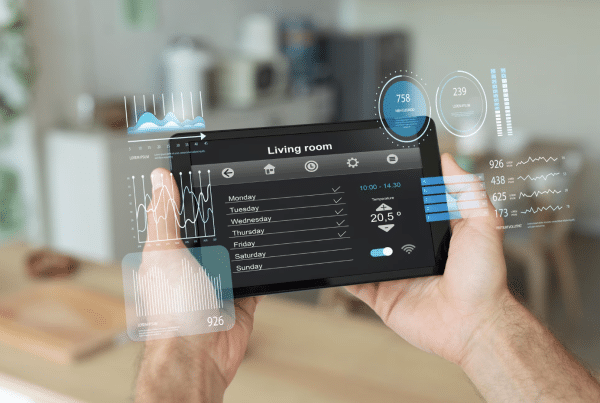The kitchen is the heart of any home. It’s where we spend time with our family, cook dinner and store all our food. But after years of use, many kitchens become cluttered and outdated.
If you’re looking for a way to create the perfect kitchen that will suit your needs now and, in the future, modular design may be just what you need!
Read on to learn about some ways to build a perfect modular kitchen today!
Why Modular Kitchens?
Modular kitchen design is the perfect option for many homeowners because it offers a way to create a kitchen that meets your current needs, while also giving you space for future additions.
This means you’ll never have to worry about your kitchen not meeting new needs.
If you’re looking for a way to create the perfect kitchen that will suit your needs now and, in the future, modular design may be just what you need!
Read on to learn about some ways to build a perfect modular kitchen today!
Here Are Some Benefits of Modular Design:
- You can add space without the expense and hassle of a full renovation
- If something breaks or an appliance is outdated, just replace it instead of having to renovate an entire room
- modular design is a great option for homeowners on a budget
- You can create an open floor plan that’s perfect for the modern family, without having to spend thousands of dollars or gut your home.
Making Good Design Choices
It’s important to make a smart decision when it comes to designing the kitchen, where all the furniture should go about the stove, refrigerator, and sink. While you can purchase the vanities as a complete unit containing a storage base, sink, and countertop, we suggest separate pieces and making the design your very own. You can choose an ADA stainless steel sink that would add an elegant look to your bathroom.
To make this easy on yourself, it’s a good idea to sketch out your design before you purchase any items so that you know what will fit in certain areas.
Ensuring That Any Appliances Are Included in Your Design, Such as Dishwashers or Ovens
Kitchen Appliances
When you’re designing your kitchen layout, it’s important to make sure to account for any appliances that are going into the kitchen as well.
Think about whether you need a dishwasher, oven or ice maker and plan accordingly.
Designing An Inviting Space
It’s important to create a space that is inviting to use. You’ll want your kitchen to be somewhere that is full of delicious smells and where you can enjoy quality time with family.
If you do this right from the beginning, you won’t have to worry about updating your kitchen years down the road!
Working On an Affordable Design
One way to create an affordable design is to choose a layout that does not require expensive custom installation. This could include a cabinet-free layout or something like a galley kitchen.
There are many ways to create the perfect modular kitchen today! Overall, it’s important that you take into consideration how your current home setup will affect future design choices and plan accordingly. By doing this, you won’t have any cluttered kitchens in the future.
U-Shaped Kitchen
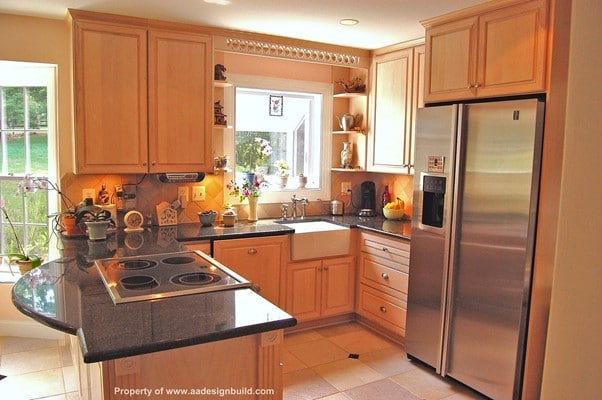
A U-shaped kitchen is a layout that’s great for families with children or people who like to cook in the centre of their home and have plenty of counter space available.
This type of design usually features an island, which can be both functional and decorative depending on your needs. It also doesn’t take up as much space and is better for people who have a smaller kitchen.
A U-shaped kitchen will also allow ample space for multiple pieces of furniture in an open space.
If you’ve decided to go with a U-shaped layout, then it’s important that you plan before developing the design.
This type of set up usually features an island in the middle which can be both functional and decorative depending on your needs. It also doesn’t take up as much space and is better for people who have a smaller kitchen.
The downside to this type of design, however, is that it’s hard to keep the appliances in one centralized area if there isn’t enough countertops or cabinets available.
It can also be impractical when you’re cooking with larger pots and pans because they won’t fit on the island or in cabinets.
L-Shaped Kitchen – Best Kitchen Design for Large Space
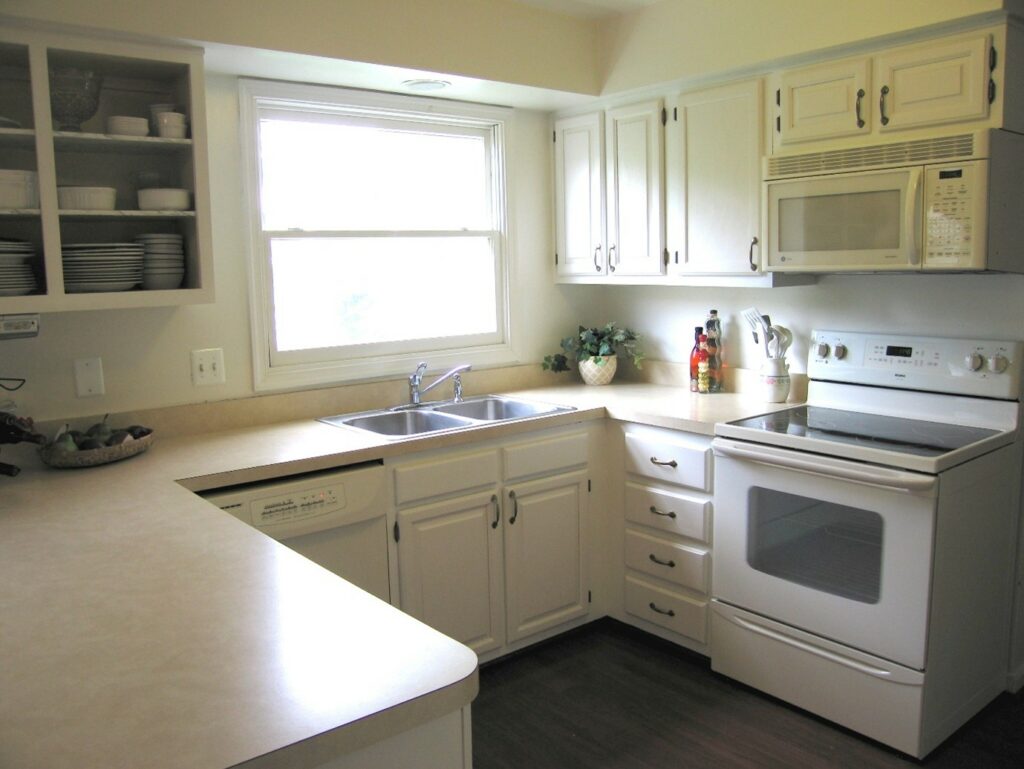
The U-shaped kitchen design is perfect if you want a space that’s bright and open. This kitchen layout will also make it easy for people to have conversations, no matter what room they’re in.
Plus, from a design perspective, an L-shaped kitchen gives you more options for coordinating furniture with your walls than sitting them in the centre of the open area would.
If you have a larger space, an L-shaped kitchen is the way to go. You’ll be able to fit more furniture in one area and coordinate it with your walls without having any empty spaces left over.
Plus, if there’s someone coming back from the outside or another room of the house who wants some privacy they can always duck into the adjacent room for a little bit.
The downside is that this layout can feel less cohesive than other layouts because it forces people into one area and then out of another, rather than having them flow along an open space as they would in a U-shaped kitchen.
Round Kitchen Layout
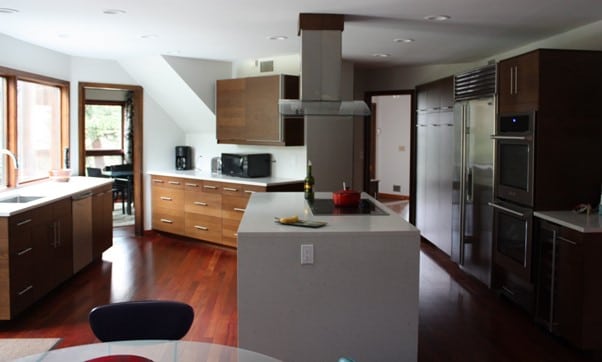
A round kitchen layout is a design idea that has personality. It’s far more interesting than the traditional square kitchen with all its corners and can be incorporated into any space well because it doesn’t take up as much room as other layouts do.
The downside to this layout is that if you’re not careful about your furniture placement, there could end up being some uncomfortable angles to the room. And, if you have a large family or house guests who want their privacy while they cook, this layout won’t be ideal because everyone will be able to see what’s going on in one centralized location.
Island Kitchen
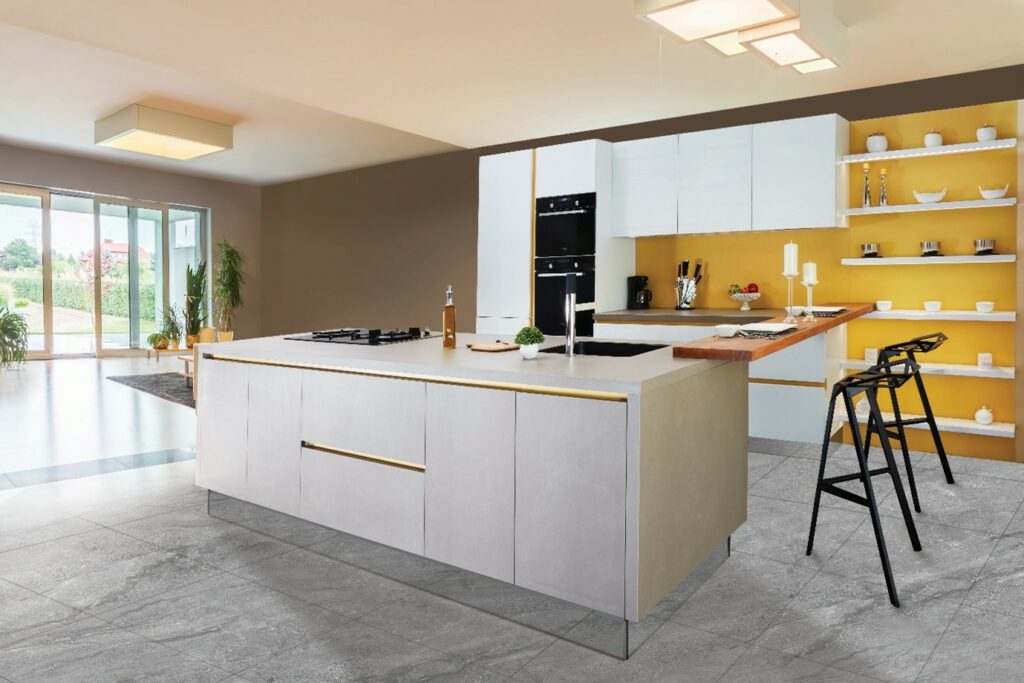
An island kitchen is a great way to create more space in an open, U-shaped floor plan. With this idea, you’ll have a big island that doubles as a table and gives you a focal point for the room.
If you’ve decided to go with the traditional square, L-shaped or hexagonal layout with your kitchen, then it’s important that you design accordingly. You’ll want to make sure that there is plenty of space for all your appliances and furniture before starting the remodel or building process because any changes will be difficult once the design has been finalized.
A popular trend in this type of setup is incorporating an island into the design. This can be useful if you want to have a little more space in the room or if you’re designing for people who may not be able to move around as well.
The downside to this layout is that it can be less inviting for people who don’t like the idea of being in a room with an island. It’s also more expensive and takes up more space than some other layouts, so it might not be ideal if you have a smaller kitchen or limited countertop area.
Peninsula Or G-Shaped Kitchen
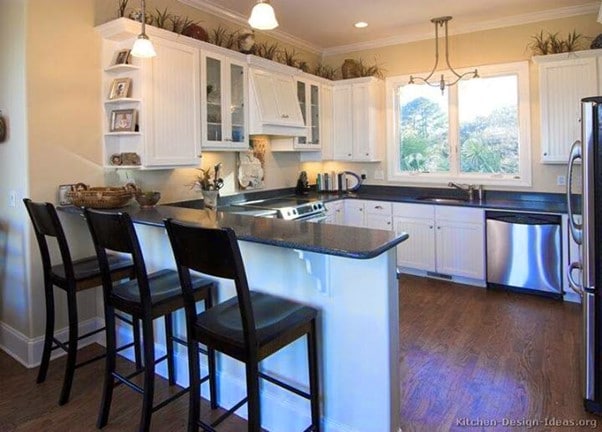
A peninsula or G-shaped kitchen is a great option for smaller spaces. This design will allow you to utilize all your space without the use of an island.
The downside here, however, is that it can be hard to stay organized in this type of setup because there isn’t a designated space for everything.
If you’re working with a narrow kitchen or have limited countertop area, a peninsula or G-shaped kitchen might be the best layout for you. It’ll take up less room than other layouts and won’t feel as closed off to people who don’t like islands in their kitchens.
Plus, if you’re not careful about where you place your appliances and furniture, this type of set up can make it hard to stay organized.
How Much Does Modular Kitchen Design Cost?
The average cost of installing modular kitchen design ranges from $12,000-$25,000.
Final Words
I hope this blog post has given you some ideas on how to create the perfect kitchen. If not, please contact me and we can help.

